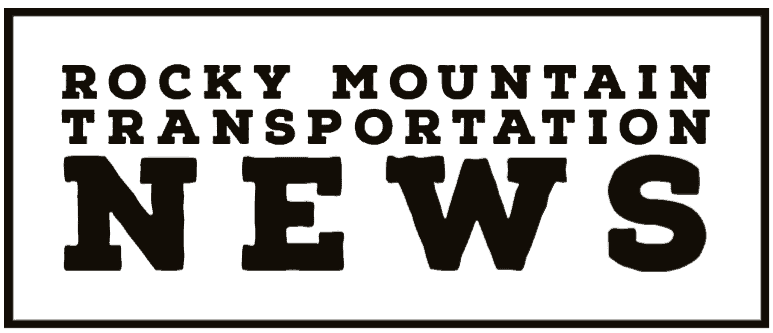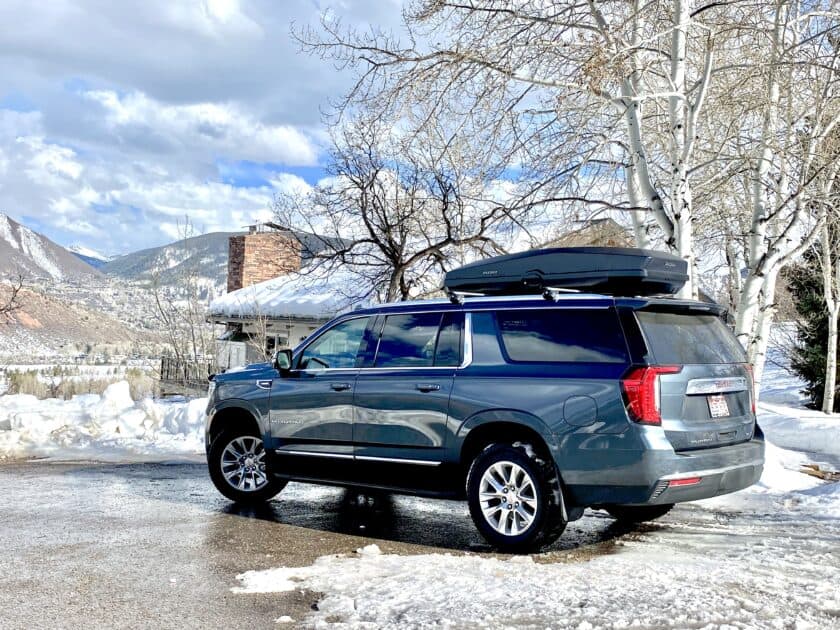How to Get From Denver to Vail?
How to Get From Denver to Vail: The Ultimate Travel Guide
Are you Planning on Traveling from Denver to Vail?
The iconic journey from Denver to Vail takes travelers through the heart of Colorado’s breathtaking Rocky Mountains. Spanning less than 100 miles along Interstate 70 West, this route showcases some of the state’s most dramatic landscapes. Denver is the ideal starting point for those exploring the famous ski town of Vail. As Colorado’s capital and largest city, Denver is a major transportation hub and gateway to the mountains. Denver International Airport (DIA) welcomes visitors from across the globe, providing easy access to Vail just 119 miles away.
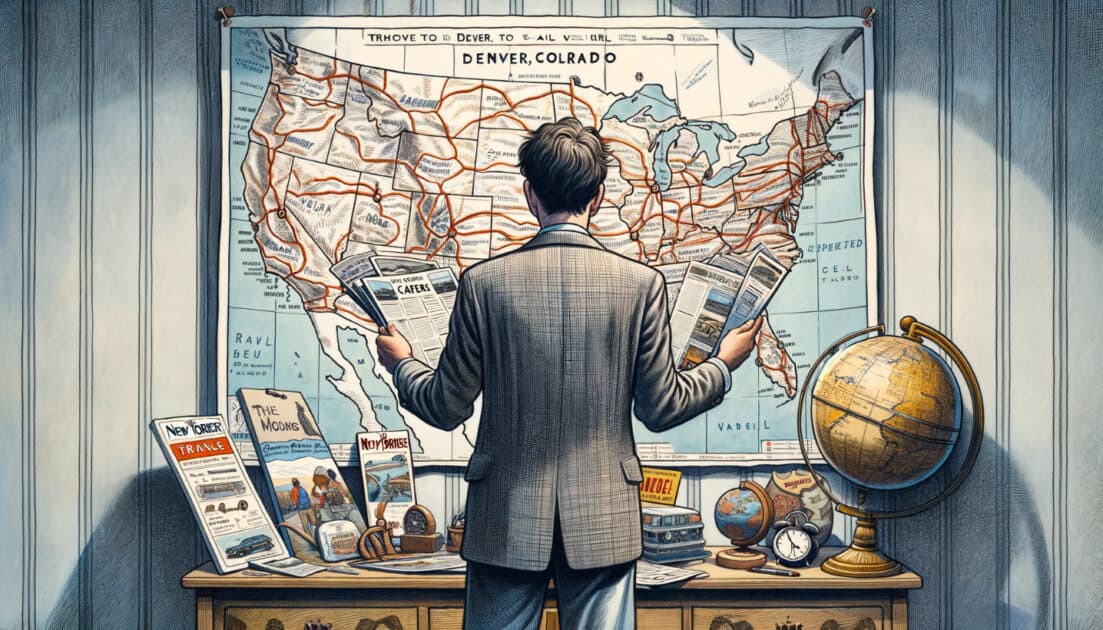
This comprehensive guide from Blue Sky Limo will provide travelers with all the information needed to make the journey from Denver to Vail safe, enjoyable, and memorable. The topics we will be covering include:
- Detailed driving directions and route landmarks
- Mileage, driving times, and seasonal considerations
- Transportation options with pros and cons of each
- Recommended stops and detours along the way
- Winter and mountain driving safety tips
- Alternate routes to use when I-70 is closed
Whether visiting Vail for world-class skiing in winter or outdoor adventures in summer, use this guide to embark confidently on your road trip from Denver to one of Colorado’s top mountain destinations. Let the fun begin!
Denver (DEN) to Vail ETA
When traveling by car, the ETA (estimated arrival time) from DEN to Vail, Colorado, is approximately 2 hours and 15 minutes, depending on traffic and weather conditions. The journey from Denver to Vail covers around 100 miles, with most of the route following Interstate 70 (I-70) west through the scenic Rocky Mountains. It’s important to note that the ETA from DEN to Vail can vary significantly based on the time of day, day of the week, and season. During peak travel times, especially on weekends and holidays, traffic along I-70 can be heavy, potentially increasing your estimated arrival time. Additionally, winter weather conditions, such as snow and ice, can impact the ETA from Denver to Vail, as the mountain roads may require slower speeds and greater caution.
The Route From Denver to Vail
The journey from Denver to Vail is a scenic drive that takes you through the heart of the Colorado Rockies, offering breathtaking views and many notable landmarks along the way. As you leave the bustling city of Denver behind, you’ll embark on a picturesque adventure along Interstate 70 (I-70), winding through majestic mountain ranges and lush valleys. The route passes through several charming mountain towns, such as Idaho Springs and Georgetown, which offer a glimpse into the region’s rich mining history and provide opportunities to stretch your legs and explore. As you continue westward, you’ll encounter the stunning Eisenhower Tunnel, the highest point along the Interstate Highway System in the United States, which takes you beneath the Continental Divide. The drive also offers access to numerous outdoor recreation areas, including hiking trails, ski resorts, and scenic overlooks, allowing you to immerse yourself in the natural beauty of the Colorado Rockies before arriving at your Vail destination.
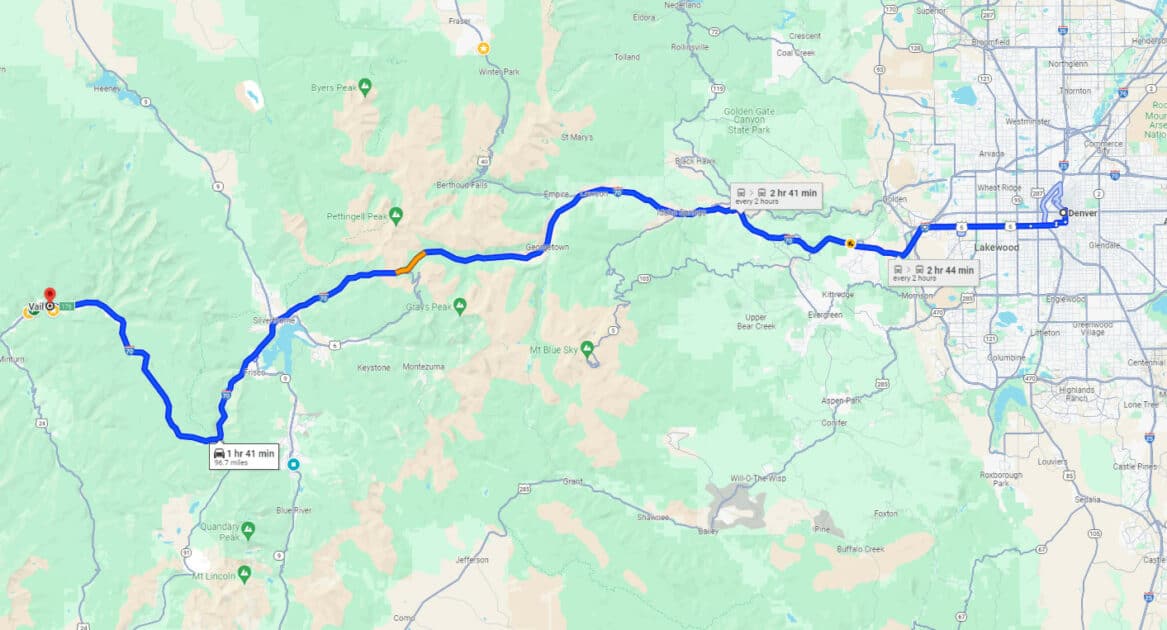
Driving Directions
The most direct and popular route from Denver to Vail is via Interstate 70 West, which runs through the heart of Colorado’s Eagle County. You’ll primarily be driving on I-70 West to get from Denver to Vail. This interstate is a vital corridor connecting Denver to all the major Rocky Mountains ski resorts, including Vail. You’ll pass through the Eisenhower Tunnel, one of the longest mountain tunnels and the highest point on the Interstate Highway System. Another significant feature of this route is the Vail Pass, which has an elevation of 10,666 feet and can be challenging to navigate, especially in winter, due to steep ascents, descents, and potential whiteout conditions.
- Begin by taking I-70 West from Denver, heading northwest from the city
- After bypassing Golden, enter the foothills and climb into the Rocky Mountains
- Continue on I-70 West through the Indian Peaks Wilderness area
- Pass through the Eisenhower Tunnel (elevation 11,158 feet), under the Continental Divide
- Descend towards Vail on the western side of the tunnel
- Before the valley opens up, pass through Vail Pass (elevation 10,662 feet)
- Near Minturn, take exit 171 for Vail
Mileage and Driving Times
Direct distance from Denver to Vail: ~97 miles
Driving distance via I-70: ~119 miles
The driving distance from Denver to Vail is approximately 97 miles (156 kilometers). Under normal traffic conditions, the drive should take about 1 hour and 41 minutes. However, this can vary greatly depending on weather conditions, especially during winter, when snow and ice can significantly impact travel times.
Driving time: Approximately 2 hours without stops
- Ideal conditions: 1 hour 30 minutes
- With ski weekend traffic: 2+ hours
- Poor weather/winter conditions: 2.5+ hours
Note: Allow additional time if planning to stop along the way:
When driving from Denver to Vail, several towns and attractions are worth visiting for those looking to enhance their journey with a few stops. Idaho Springs, a historic mining town, offers local cuisine and the opportunity to visit the ARGO Gold Mine and Mill. Georgetown, another historic town, is known for the Georgetown Loop Railroad, which offers scenic mountain rides. Silverthorne, on the other hand, is known for its shopping outlets and proximity to Dillon Reservoir, a popular spot for water activities. Adding these stops will extend your travel time, potentially turning the trip into a full-day excursion. Each stop could add an hour or more to your journey, depending on how long you explore each location.
Remember that the drive from Denver to Vail is a means to reach a world-class ski destination and an opportunity to experience the natural beauty and historical significance of the Colorado Rocky Mountains. Whether you drive straight through or take your time with scenic stops, the journey promises to be as memorable as the destination. Always check current road conditions and weather forecasts before embarking on your trip, especially during winter, to ensure a safe and enjoyable travel experience.
Major Landmarks and Terrain
Key landmarks and terrain features along I-70 include:
- Loveland Pass (11,990 feet) – High mountain pass with ski area
- Eisenhower Tunnel (11,158 feet) – Highest auto tunnel in North America
- Continental Divide – Watershed divide separating Atlantic and Pacific basins
- Vail Pass (10,662 feet) – Major pass with significant elevation gains/losses
- Gore Range – The Gore Range is a rugged mountain range in central Colorado visible from the Vail ski area, Silverthorne, and north Summit County.
Transportation Options Between Denver and Vail
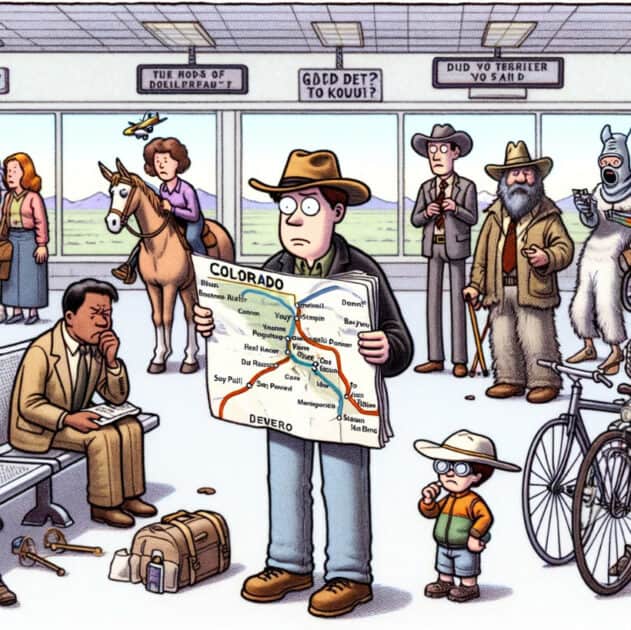
Several transportation options are available for those traveling from Denver to Vail, each with its considerations. Driving is a popular choice, offering flexibility and the opportunity to enjoy Colorado’s scenic beauty at your own pace.
Driving Your Own Vehicle
Renting a car at Denver International Airport (DIA) is straightforward, with various rental agencies offering a range of vehicles suitable for mountain driving. When selecting a vehicle, consider one with four or all-wheel drive for better handling in winter conditions. It’s also advisable to ensure the rental comes equipped with winter tires or chains during the snowy months. Denver has many car rental companies at DIA and off-airport locations.
Issues with Driving from Denver to Vail
Pros: Freedom, flexibility, control over schedule
Cons: Winter driving concerns, parking availability, cost of gas
Driving from Denver to Vail requires extra caution. The steep grades, sharp curves, and variable weather conditions can lead to dangerous situations. Maintaining a safe speed, keeping a significant distance from the vehicle in front, and being prepared for sudden stops are essential. Snow tires or all-season tires with adequate tread are crucial for winter driving, and carrying chains or using a four-wheel-drive vehicle can provide additional traction. Always clear snow and ice from your vehicle for visibility and to prevent it from obstructing other drivers.
Contingency for I-70 Closures
When traveling from Denver to Vail using I-70, it is important to note that this route sometimes experiences closures due to severe weather conditions or accidents, especially along the Vail Pass or Eisenhower Tunnel. In such cases, being aware of alternative routes to reach your destination is crucial. Luckily, Blue Sky Limo has compiled an entire guide exploring all the alternative routes from Denver to Vail. Be sure to check it out before heading out on your next trip. It includes valuable insights and directions to help you navigate unforeseen road closures on I-70, ensuring a smooth and enjoyable journey to Vail, regardless of the circumstances.
Some other factors you might want to consider if you’re planning on driving from Denver to Vail are:
- Winter Driving: Winter driving in the Rockies demands special preparation. Equip your vehicle with winter tires and consider carrying chains, especially if you’re not driving a four-wheel-drive vehicle. Colorado law requires all vehicles to have mud or snow tires or use chains or alternative traction devices during winter. An emergency kit with a flashlight, batteries, water, and food is also wise if you get stranded.
- Road Conditions: While driving to Vail from Denver does provide freedom, it also comes with challenges, particularly during the winter. The I-70 corridor can experience heavy traffic, especially on weekends and holidays when many are heading to the ski resorts. Weather-related issues such as snowstorms can lead to road closures or delays, making the journey longer and more arduous. Drivers should be prepared for winter driving conditions and be comfortable navigating mountain roads.
- Altitude Sickness: Altitude sickness can affect anyone traveling to high elevations too quickly. Symptoms include headache, nausea, fatigue, and dizziness. To prevent altitude sickness, ascend gradually, stay hydrated, and consider medications like acetazolamide or dexamethasone for prevention or treatment if you’re susceptible. If symptoms occur, the best action is to descend to a lower altitude and seek medical attention if necessary.
- Parking at Vail: Upon arrival in Vail, parking is another consideration. The town offers free and paid parking options, with structures located near the ski lifts and in the village. During peak season, finding parking can be competitive, and rates may be higher. It’s worth checking Vail’s official parking information for the latest parking locations and fees: https://www.vail.gov/government/departments/transportation-services/parking-information
- Cost of Gas: Gas prices in mountain towns like Vail are typically higher than in metropolitan areas like Denver. This is due to various factors, including transportation costs to deliver fuel to these remote locations and the lower competition among gas stations. Budget-conscious travelers should consider filling their tank in Denver or along the I-70 corridor before reaching Vail to save on fuel costs.
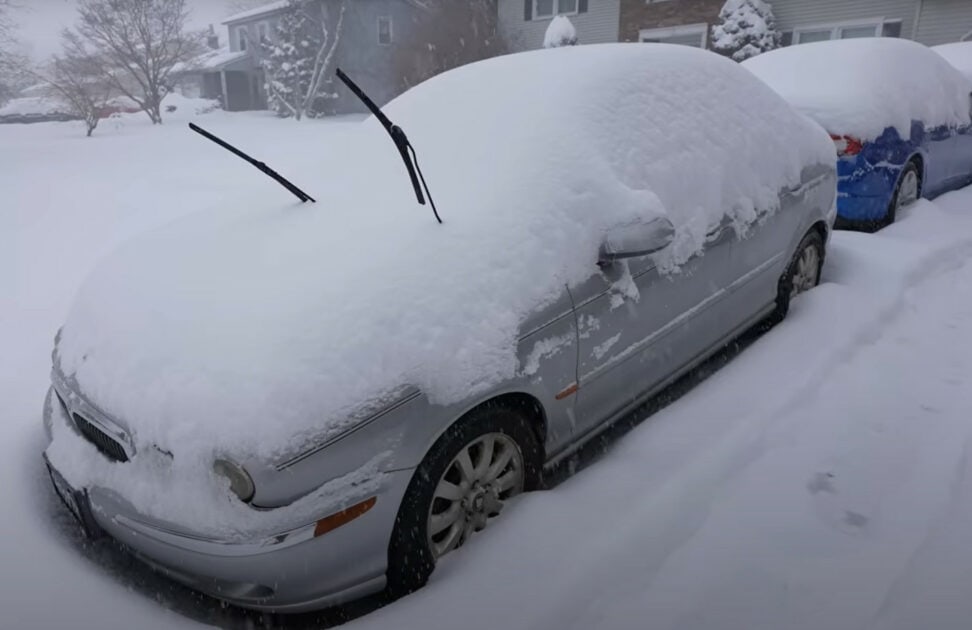
Safety Tips for Mountain Driving
Driving from Denver to Vail in winter demands caution. Keep these safety tips in mind:
- Install snow tires or chains on your vehicle.
- Carry emergency supplies like food, water, and blankets.
- Slow down and leave ample distance between cars.
- Avoid stopping on the shoulder unless necessary.
- Watch for ice around curves and bridges.
- Follow signs if visibility is poor; don’t rely on GPS.
- Drive with headlights ON for visibility.
- Check COtrip.org for road conditions.
Driving from Denver to Vail offers a sense of independence and the chance to take in the stunning Colorado landscapes. However, it’s essential to know the potential challenges, such as winter driving conditions, parking in Vail, and higher gas prices. By planning and preparing for these factors, travelers can enjoy a smooth and enjoyable journey to one of Colorado’s most famous mountain destinations.
Denver to Vail Car Services
For travelers seeking a more luxurious and personalized experience, private limousine car services offer a high-end alternative to traditional transportation methods. These services typically include private luxury SUVs and sedans, providing a comfortable and exclusive car service from Denver to Vail. Luxury private SUVs, limos, and sedans are available through various providers. Door-to-door car services come with a professional chauffeur who can assist passengers with their luggage and assist on every step of the journey.
Pros: Luxury vehicles, door-to-door service, experienced drivers
Cons: Much higher cost than other options
Availability
Private car services are readily available from Denver to Vail and can be booked in advance through various companies such as Blue Sky Limo. These services cater to individuals, families, and groups wanting a more intimate and tailored travel experience for reaching the resort of Vail. Many companies offer online booking, allowing travelers to arrange transportation before arriving in Denver.
Benefits of a Private Denver to Vail Car Service
- Convenience: Private car services provide door-to-door transportation, picking up passengers directly from the airport and delivering them to their destination in Vail.
- Comfort: These services often feature luxury vehicles equipped with amenities such as leather seating, climate control, entertainment systems, and sometimes even complimentary beverages.
- Flexibility: Travelers can schedule pick-ups and drop-offs according to their timetable without being bound to fixed shuttles or public transportation schedules.
- Privacy: Private transportation allows passengers to relax in a quiet and personal space, away from the crowds and noise associated with other modes of travel.
- Safety: Professional drivers experienced in mountain roads and winter conditions can provide a safer travel experience, especially for those unfamiliar with the area.
- Time-Saving: Private car services can offer a more direct and efficient route to Vail without making multiple stops for other passengers.
A private Denver to Vail car service ensures ultimate convenience and luxury. While the cost is higher than other transportation options, the benefits of comfort, privacy, and personalized service make it a worthwhile choice for those who prioritize these factors. Whether it’s a special occasion, a business trip, or a preference for a more refined travel experience, private car services can provide an elegant start to a Vail vacation.
Denver to Vail Shuttle Services
For those who prefer not to drive, shuttle services offer a convenient and stress-free alternative for traveling from Denver to Vail. These services balance cost and comfort, allowing travelers to relax and enjoy the scenery without the concerns of navigating mountain roads or dealing with winter driving conditions.
Pros: Convenient DIA transport, avoid winter driving
Cons: Less flexibility, fixed schedules
- Blue Sky Limo: Blue Sky Limo has been providing exceptional top-rated shuttle service from Denver to Vail since 2012. We have an excellent reputation as the leading luxury shuttle service in the Vail Valley.
- Epic Mountain Express: Formerly known as Colorado Mountain Express, this service offers shared shuttles and private car options. They have a long-standing reputation for reliable service and offer multiple departures daily.
- Peak 1 Express: Provides shared shuttle services focusing on affordability without sacrificing quality. They also offer door-to-door service for added convenience.
- Mountain Star Transportation: Offers private and luxury transportation options for a more personalized travel experience.
Denver to Vail Shuttle Pricing
Pricing for shuttle services can vary based on the type of service (shared or private), time of year, and booking time frame. Shared shuttle services are generally more economical, ranging from around $60 to $100 one-way per person. Private shuttles or luxury car services will cost more, often several hundred dollars for the trip, depending on the number of passengers and the level of luxury desired.
Schedules
Denver to Vail Shuttle services typically offer multiple departures throughout the day, with increased frequency during peak travel times such as weekends and holidays. It’s essential to book in advance, especially during the ski season, to ensure availability and secure the best rates. Most shuttle companies provide online booking platforms where travelers can view schedules, select pick-up times, and make reservations.
Shuttle services from Denver to Vail are popular for travelers seeking a balance between convenience and cost. With various companies offering various service levels and pricing, there is an option to suit nearly every traveler’s needs. Schedules are designed to accommodate flight arrivals and departures, making planning your trip to and from the slopes easy. Whether opting for a shared ride or a private transfer, shuttle services provide a reliable and comfortable way to begin your Vail vacation.
Rideshares from Denver to Vail
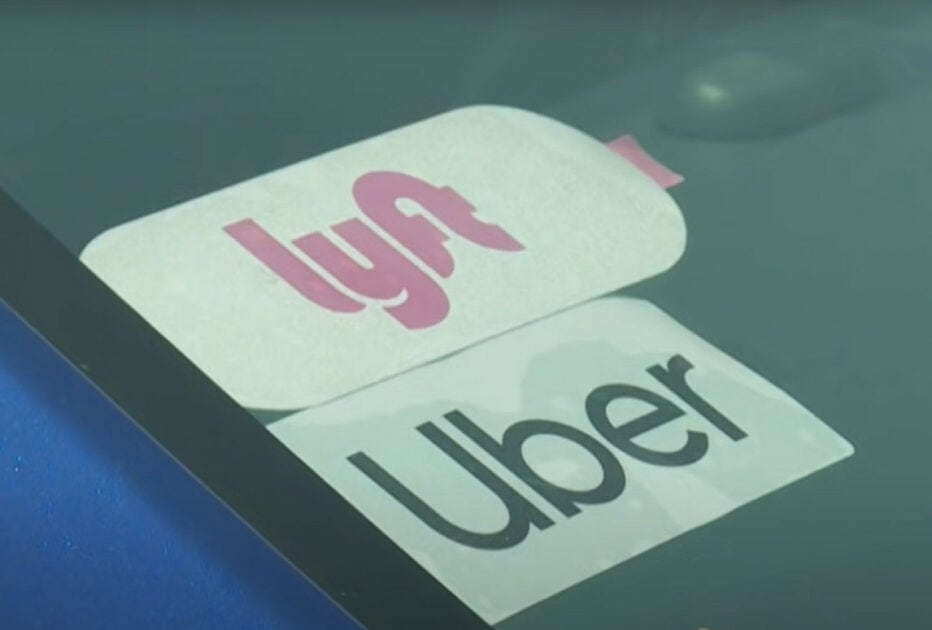
Services like Uber and Lyft connect riders between Denver and Vail. Rideshare services have become increasingly popular and practical for travelers seeking flexible and convenient transportation. These services are available in Denver and extend to mountain destinations like Vail, offering an alternative to traditional car rentals, shuttles, and public transportation.
Pros: Door-to-door, no parking concerns
Cons: Potentially costly with surge pricing, drivers new to mountains
Availability
Uber and Lyft operate extensively in the Denver area, including Denver International Airport (DIA), making it easy for travelers to book a ride directly from their smartphone upon arrival. The availability of rideshare services to Vail can vary based on the time of day and demand. However, finding a ride is not difficult, especially during peak travel seasons when many are heading to ski resorts.
Practicality
Rideshare services offer several practical benefits for travelers:
- Convenience: Booking a ride is simple and can be done anytime through the app, providing flexibility for last-minute travel plans or changes.
- Cost-Effective: For solo travelers or small groups, rideshare companies can be more cost-effective than renting a car, especially when considering parking fees and the cost of gas.
- No Navigation Required: Travelers unfamiliar with the route or uncomfortable driving in mountainous or winter conditions can rely on experienced drivers to navigate the journey.
- Dynamic Pricing: While rideshare services use dynamic pricing, which can increase costs during high demand, they also offer fare estimates before booking, allowing travelers to make informed decisions.
Considerations
There are a few considerations to keep in mind when using rideshare services for long-distance travel like Denver to Vail:
- Cost Variability: The cost of a rideshare can significantly increase during peak times due to surge pricing. It’s essential to check the app for current rates before booking.
- Vehicle Suitability: Not all rideshare vehicles may be equipped for mountain driving or winter conditions. When booking, you can select vehicle options that suit your needs, but availability may vary.
- Travel Time: Similar to driving, travel time can be affected by traffic and weather conditions. Rideshare drivers will follow the most efficient route, but delays are possible.
Rideshare services like Uber and Lyft provide a viable and flexible transportation option for travelers from Denver to Vail. They offer the convenience of door-to-door service without needing personal navigation or driving in potentially challenging conditions. While there are considerations such as cost variability and vehicle suitability, rideshare remains popular for many due to its ease of use and comfort.
Vail Hotel Shuttles

Many Vail hotels offer complimentary shuttles from DIA upon request. One key consideration when planning a vacation from Denver to Vail is getting from the airport to your hotel. Many visitors opt for hotel shuttles for their convenience and reliability. In Vail, a range of hotels offer shuttle services, ensuring guests can travel comfortably from Denver International Airport (DIA) to their accommodations.
Pros: Convenient airport transport, suitable for late arrivals
Cons: Only for lodging guests, limited flexibility
Several hotels in Vail provide their guests with shuttle services. For instance, The Hythe, a Vail Marriott Mountain Resort, offers shuttle services from DIA to the hotel as part of its luxury offerings. Similarly, Highline Vail, a DoubleTree by Hilton hotel, provides a complimentary shuttle called The Lift, which takes guests to the Vail slopes and other local attractions.
Booking Your Vail Hotel Shuttle
Booking a hotel shuttle from Denver to Vail is typically straightforward, with many providers offering online reservation systems. It’s advisable to book your Vail hotel shuttle service in advance, especially during peak seasons, to ensure availability.

In summary, hotel shuttles are a popular and efficient way to travel from Denver to Vail. With various options available, from complimentary hotel shuttles to dedicated shuttle services, guests can select the solution that best fits their needs and budget. Whether you prefer the exclusivity of a private SUV or the affordability of a shared shuttle, Vail’s hotel shuttle services are designed to start your vacation with ease and comfort.
Bus Service from Denver to Vail
Regional bus services like Greyhound and Bustang offer routes connecting Denver to Vail and nearby areas. Buses provide an economical and environmentally friendly option for traveling from Denver to Vail. While it may not offer the same convenience as driving or shuttle services, it’s a viable choice for those looking to minimize costs or reduce their carbon footprint.
Pros: Affordable, reduced environmental impact
Cons: Fixed schedules, multiple transfers, longer journey
Greyhound: As a nationwide bus service, Greyhound offers routes that connect major cities across the United States, including Denver. However, direct routes to Vail may not be available, requiring passengers to transfer at key locations. Prices and schedules vary, with factors such as booking time and demand influencing costs. For the most accurate information, it’s best to consult the Greyhound website or contact their customer service.
Bustang: Operated by the Colorado Department of Transportation, Bustang provides intercity bus service connecting Denver to various parts of Colorado, including routes that can be used to reach Vail. The West Line, for instance, connects Denver Union Station to locations in the mountains, offering a practical option for getting close to Vail. Bustang is known for its affordability and convenience, with amenities like free Wi-Fi, restrooms, and comfortable seating. Fares are competitive, making it an attractive option for budget-conscious travelers. Schedules are designed to accommodate daily commuters and travelers, with detailed timing and frequency information on the Bustang website.
Taking the bus from Denver to Vail through services like Greyhound and Bustang offers an alternative means of travel for those looking to save money or travel more sustainably. While the journey may take longer compared to driving or shuttle services and may require transfers, it provides a cost-effective and reliable way to reach your destination. Always check the latest schedules and fares with the service providers to plan your trip effectively.
Is There a Train that Goes from Denver to Vail?
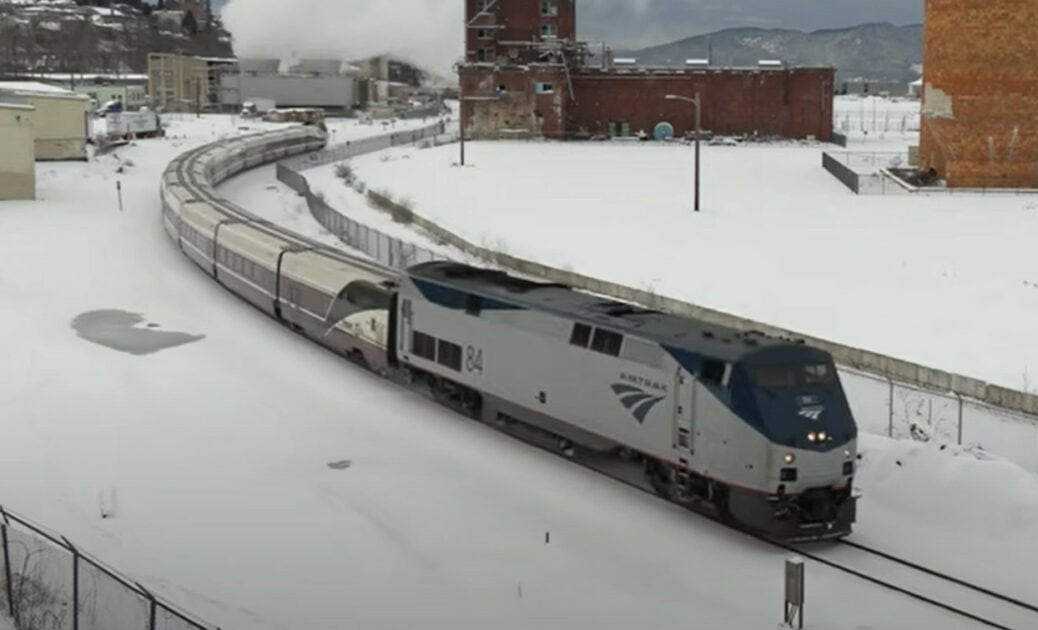
Currently, there is no direct train service that connects Denver to Vail. While Colorado has a rich history of rail travel, particularly with the historic narrow-gauge railways that once served the mining communities, the modern rail infrastructure is more limited in passenger services to mountain destinations like Vail.
The closest passenger rail service is provided by Amtrak, which operates the California Zephyr line. This line runs from Chicago to San Francisco and passes through Denver. However, the route does not extend to Vail, and the nearest stop is in Glenwood Springs, over 60 miles from Vail. From Glenwood Springs, travelers would need to find alternative transportation, such as a bus or shuttle service, to complete their journey to Vail.
While train travel can be a charming and enjoyable way to see the countryside, direct transportation from Denver to Vail is not viable. The lack of direct train service means that travelers must consider other methods, such as driving, shuttle services, public transportation, private car services, or rideshare options, to reach their destination in Vail. Those interested in rail should look to the scenic train tours available in the state for a unique experience separate from their travel to Vail.
Tips and Insights for the Journey from Denver to Vail
Embarking on the drive from Denver to Vail presents an opportunity to experience more than just the destination. To make this journey as rewarding as the arrival, consider these tips:
- Timing Your Travel: Plan to avoid peak traffic times, especially on weekends and holidays. Early morning or late evening departures often result in a more relaxed drive.
- Scenic Spots: Beyond the well-known landmarks, hidden gems are worth exploring. Consider a brief detour to the White River National Forest for breathtaking nature trails or a stop at the Sapphire Point Overlook for stunning panoramic views.
- Local Flavors: Immerse yourself in the local culture by visiting small towns along the route. Enjoy unique Colorado cuisine, browse local artisan shops, and engage with the community.
- Comfort on the Road: Long drives can be taxing. Pack snacks, water, and comfortable pillows. Plan for regular breaks to stretch and refresh, making the journey part of your vacation experience.
- Photography and Memories: The route offers numerous picturesque spots. Capture your memories with photos of key landmarks. Remember, safety first – only stop in designated areas.
- Stay Informed: Keep up-to-date with road conditions and weather forecasts. Apps like COtrip.org provide real-time information, ensuring you’re prepared for any changes en route.
The journey from Denver to Vail offers a chance to discover the natural beauty of Colorado. Each mile of this iconic route tells a unique story of adventure, beauty, and exploration. To ensure a great trip, it is essential to be well-prepared and flexible. Ensure you know the best routes and transportation options for this journey, and your trip will be a terrific success.
At Blue Sky Limo, we encourage you to use this guide as a valuable resource for planning and executing your trip. Whether you are a solo adventurer, a family on vacation, or a group of friends seeking a mountain escape, the road from Denver to Vail promises an unforgettable experience. So pack your bags and embark on a journey beyond the destination, capturing the spirit of Colorado and leaving you with memories to cherish for a lifetime.
Wishing you safe travels!
Additional Planning Resources
Transportation options for moving from Denver to Vail
If you’re considering relocating to Vail, knowing the transportation options available to move from Denver to Vail is essential. You can drive, take a shuttle, ride the bus, or use a private car service. Each option has benefits, and you should choose one that suits your preferences and needs.
Emergency Services
- Vail Emergency Services – Fire, medical and rescue
- Vail Health Hospital – Vail – Emergency medical care
- Beaver Creek Medical Center – Urgent and emergency care
Travel Conditions Resources
- COtrip.org – Real-time road conditions and closures
- OpenSnow – Snow forecasts for Vail
- FlyVail.com – Eagle County Airport updates
Trip Planning Resources
- Vail.com – Official Vail travel planning website
- Town of Vail Parking – Parking maps, rates, and policies
- Vail Transportation Schedules – Town shuttle schedules
